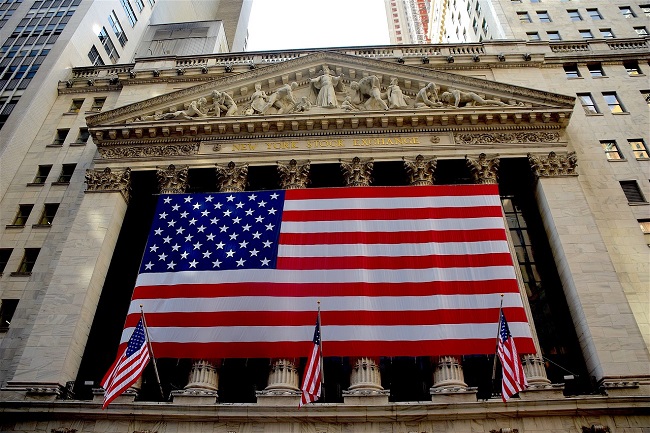
This article was first published in the Globe and Mail on April 6, 2024. It is being republished with permission.
by Tom Bradley
There’s plenty of talk about how concentrated the U.S. stock market has become. The top 10 stocks account for 31 per cent of the S&P 500 Index. This has happened because a handful of companies have built powerful and enduring businesses that disrupted incumbents or created whole new industries, including what’s dubbed the Magnificent Seven: Apple, Microsoft, Alphabet, Amazon, Nvidia, Meta and Tesla. The current level of concentration is well above normal. The previous peak of 27 per cent was reached near the end of the tech boom in 2000. When this latest surge started in 2017, the weighting was 17 per cent.
Concentration is relevant to investors because many portfolios are designed to either passively replicate the market (indexing) or actively try to beat it. The former look exactly like the indexes, and the latter, while intentionally different, are managed by portfolio managers who are fully aware of the index weightings. Their portfolios may not be exactly the same, but they often rhyme.
The Magnificent Seven have grown so big, and the trend has gone on for so long, that their influence has played an important role in how investors’ portfolios performed. Those well represented in these generational companies did extremely well.
There are a few important things to know about the top 10.
Count on change
First, it’s a revolving door. It’s hard to believe the Magnificent Seven will ever be dislodged, but change is the only consistent pattern around the top 10.
If we go back a decade to 2014, the top seven were Apple, Exxon Mobil, Alphabet, Microsoft, Berkshire Hathaway, Johnson & Johnson and Walmart. Amazon, Meta and Nvidia weren’t anywhere close, and Tesla wasn’t yet in the index.
In 2004, Microsoft was at the top, but the group behind it was quite different: Exxon Mobil, Pfizer, Citigroup, General Electric, Walmart and Intel.
And in 1994, 30 years ago, the S&P 500 had little technology at the top: Exxon Mobil, Coca-Cola, Walmart, Raytheon, Merck, Proctor & Gamble and General Electric.
You get the picture. Staying at the top of the cap tables isn’t easy. The companies on the list are there because everything is clicking, their products are loved and their valuations have expanded beyond the historical range.
The math would suggest, however, that the largest can’t continue growing at the pace that got them there, nor can they hold a premium valuation forever. Slowing growth and a shrinking valuation are a double whammy that’s hard to overcome. Of the Magnificent Seven, Apple’s sales are no longer growing, and all the companies are running into anti-trust issues as they try to expand.
It wasn’t always this way
Riding the largest stocks has been a good strategy in recent years, but that was not always the case. GMO, a Boston-based asset manager, points out that, historically, the top 10 stocks have done worse in the following year than the S&P 500 overall. Since 1957, the return shortfall for the top 10 versus the other 490 has averaged 2.5 per cent a year. There were only two partial reversals of this trend: the tech boom in the late 1990s and the past six years.
Another way to look at today’s concentration is to compare returns from capitalization-weighted indexes (which are quoted every day) and equal-weighted indexes (every stock makes up an equal proportion of the index). Aristotle Capital Management, manager of our Global Equity Fund, points out that this comparison has gone through two distinct periods since 2000.
For the first 12 years, the equal-weighted version of the MSCI All Country World Index consistently and convincingly beat the conventional cap-weighted index. Since then, the trend has been exactly the opposite, as the mega tech stocks have grown and the market has become more concentrated.
Eyes wide open
I’m not calling for the demise of the Magnificent Seven, but history tells us that some of this group will be surpassed by other companies in the coming years, and likely all of them will fall off the list in the coming decades. In other words, the group will change, and we’ll be subjected to other catchy names and acronyms.
As investors, we need to ensure we’re not managing our portfolios while looking in the rearview mirror. Rather, we need to look forward and assess two things: the outlook for a company’s profits and sales growth, and the price we are paying for it. That’s what will determine which stocks and strategies are magnificent in the future, not who is at the top of the standings right now.
We're not a bank.
Which means we don't have to communicate like one (phew!). Sign up for our Newsletter and Blog and join the thousands of other Canadians who appreciate the straight goods on investing.

